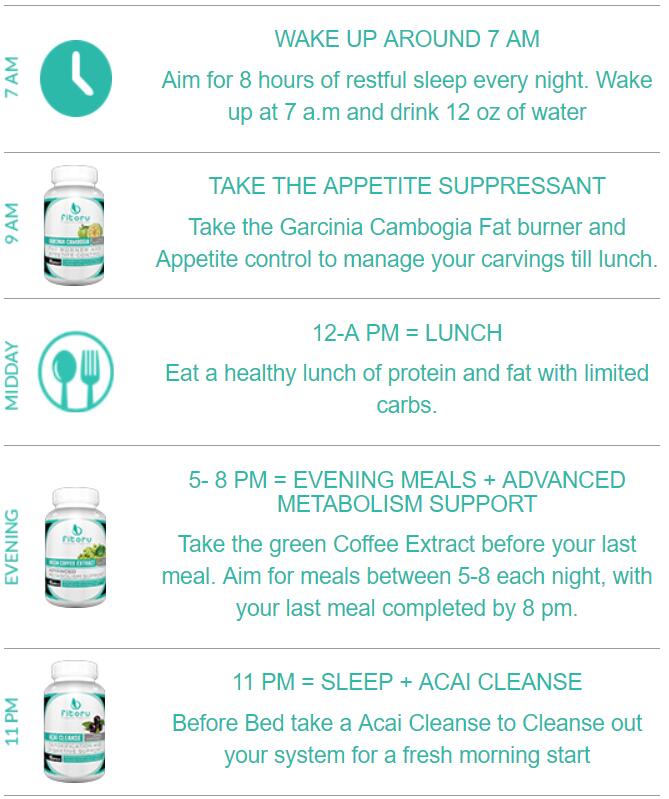Mon - Fri 9.00 - 17.00
Call us +1 (888) 825-9321

Every diet involves some amount of deprivation—that’s just the nature of weight loss—but some can seem a lot more restrictive than others. (Ever heard of the Grapefruit Diet?) If you’re looking for a way to drop weight without giving up the foods you love, intermittent fasting (IF) might be the way to go.

A common practice among various religious groups, intermittent fasting has been around for hundreds of years. However, IF is now gaining steam among medical professionals and nutritionists, as well. In fact, studies have touted the many benefits of IF, from reducing cholesterol and inflammation to aiding in weight loss and even fighting diseases like diabetes and cancer.

IF isn’t for everyone, so you might want to talk to a physician if you’re considering this dietary option. Once you’ve gotten the OK from your doctor, the next step is deciding which intermittent fasting schedule is right for you.
The 16/8 Method

If you’re new to the world of intermittent fasting, you might want to opt for the 16/8 method as an onramp to IF. With this schedule, you’ll fast for 14 to 16 hours a day while eating for eight to 10 hours. Whether you consume two, three, or more meals during the eating window is up to you. Many dieters find that this schedule is the easiest to adhere to, because participants sleep for a large portion of the “non-eating” time.
It’s important to note that you can and should drink water while you’re fasting. Additionally, most 16/8 dieters still consume coffee and other non-caloric drinks during the fasting period to keep hunger at bay. While you can devise your own eating plan for the rest of the day, try to stick to healthy proteins and plenty of fruits and veggies to maximize health and improve your odds of losing weight.
The 5: 2 Diet

Also known as the Fast Diet, the 5:2 plan is a slightly more intense strategy that involves eating regularly five days each week while severely limiting calories for the other two. Most intermittent fasters consume less than 600 calories a day on the restricted days.
If you’re considering the 5:2 plan, aim to space out your low-calorie days. While there is a plethora of research on intermittent fasting, there are few studies on the 5:2 plan in particular. As a result, it’s hard to know whether this diet plan will have a significantly different outcome than the 16/8 option.
Alternate-Day Fasting

Not for the novice faster, the Alternate Day option is a more extreme form of IF in which participants refrain from eating every other day. Some dieters do opt to consume a small number of calories—usually less than 500—on fasting days.
Ready to give one of these fasting schedules a try? Talk to your doctor to make sure IF is right for you and then let us know how it goes.